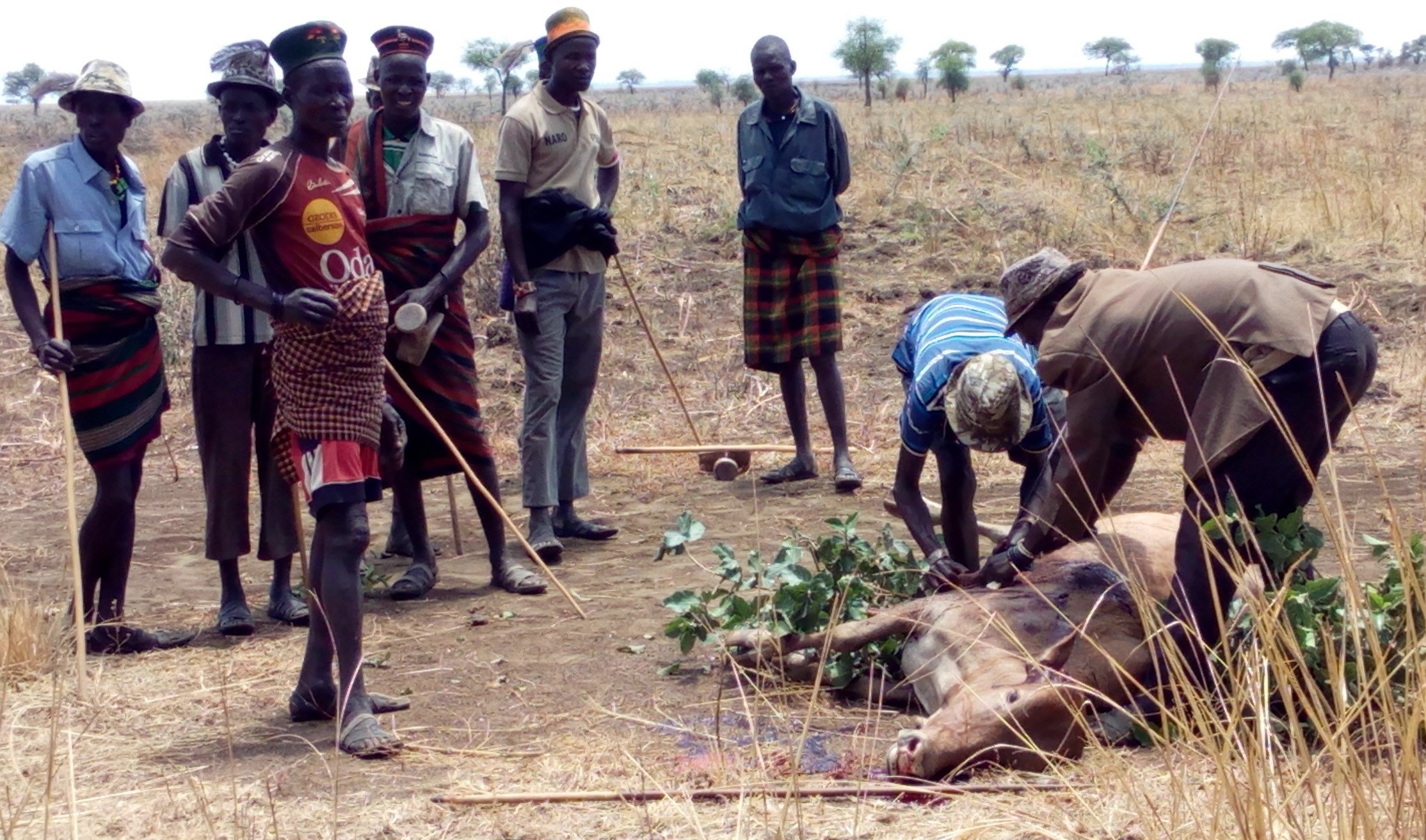Prime
Karamoja, Lango most fertile sub-regions, says Naro

Karimojong slaughter a bull during a dialogue with the Iteso in Magoro Sub-county, Katakwi District in 2017. PHOTO/FILE
What you need to know:
- Mr Ongua said the deepness of Karamoja soils makes it more fertile compared to soils in other regions.
The National Agricultural Research Organisation (Naro) has ranked Karamoja as the most fertile sub-region in the country.
Naro is an agency of the Ministry of Agriculture, Animal Industry and Fisheries (MAAIF) mandated to coordinate and oversee all aspects of public-funded agricultural research in Uganda.
Karamoja Sub-region consists of Kotido, Kaabong, Karenga, Nabilatuk, Abim, Moroto, Napak, Amudat and Nakapiripirit districts.
Mr Fanuel Ongua, a soil microbiologist with Naro, told Monitor that the Lango Sub-region comes second, followed by Western, Central and South-east in last position.
Mr Ongua said the deepness of Karamoja soils makes it more fertile compared to soils in other regions.
Naro explains
“The soil in Karamoja is 30 centimetres deeper, making it easier for it to retain water and nutrients compared to other areas which are 20 centimetres deep,” Mr Ongua said at the weekend.
According to Mr Ongua, when it rains, most of the top soils, especially in hilly areas, are washed away, into swamps.
He added that if planted under good agriculture practices, all crops do well in the black soils of Karamoja Sub-region.
Mr Ongua said sorghum, maize, vegetables, millet, cassava, tomatoes, and cabbage are grown in Karamoja Sub-region, whose black soils he described as “drought-resistant”.
He added: “The application of fertilisers is necessary, although soils in this region are fertile.”
The fertiliser uptake in Uganda, according to Naro, is about 10 percent.
Ms Josephine Okot, the managing director of Victoria Seeds, said non-government organisations promoting agriculture have always purchased seeds, especially vegetables, from the company for planting in Karamoja, adding that they do well because soil fertility is still high.
Farmers react
Mr Jackson Isabirye, the managing director of Kirizo Mixed Farm in Namutumba Village, said he decided to grow mangoes to cope with the poor soils.
“When I realised that soils in our region are becoming less fertile, I decided to take up this enterprise because mango trees can flourish in any type of soil,’’ Mr Isabirye said. He added that he has set up a mango plantation farm on a 15-acre piece of land on which he also does piggery.
Mr Simon Kadume, a farmer from Musita Village in Mayuge District, said he carries out crop rotation, intercropping and mulching of gardens to curb soil infertility.
“When I grow maize, I then shift to beans. I make sure that I change the type of crops I grow each season. I also don’t burn maize husks, but mulch them to act as fertilisers for other crops,” he said.
Mr Asaph Mugizi, the chairperson of Mbarara District Farmers’ Association in the Western region, concurred with Naro saying soil is not fertile in the region.
Mr Mugizi said they are doing well with growing matooke (plantain) because they apply fertilisers in the plantations.
He explained that the organic fertilisers that boost the said infertile soils are obtained from the faeces of domestic animals and droppings of birds reared longside the bananas they grow.
According to Mr Mugizi, there is a constant flow of bananas from Ankole Sub-region, while there is limited growth of coffee due to soil infertility.
Explanation
The soil in Karamoja is 30 centimetres deeper, making it easier for it to retain water and nutrients compared to other areas which are 20 centimetres deep,” Mr Fanuel Ongua, a soil microbiologist with Naro
Mitigation
When I grow maize, I then shift to beans. I make sure that I change the type of crops I grow each season. I also don’t burn maize husks, but mulch them to act as fertilisers for other crops,” Mr Simon Kadume, a farmer in Mayuge District.




